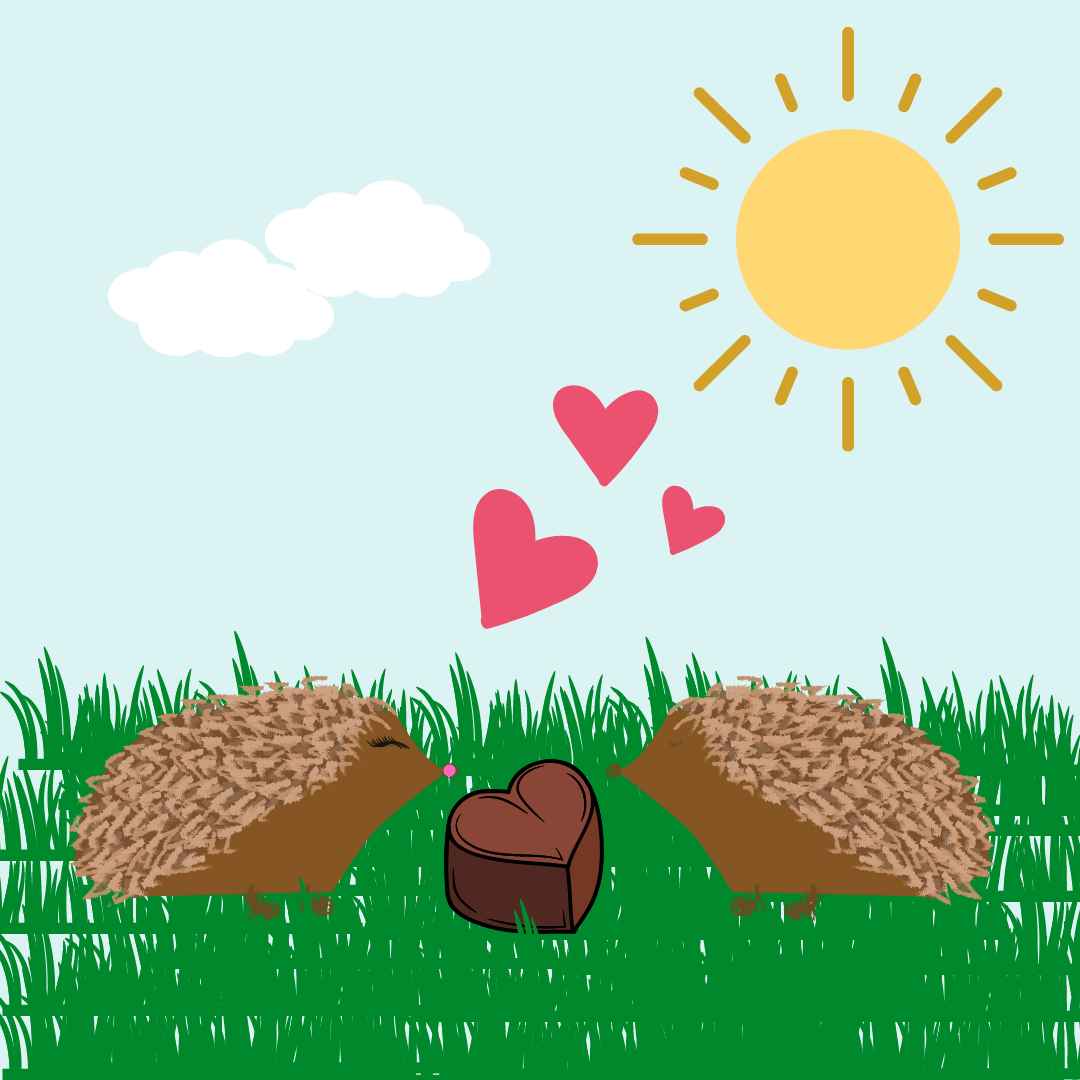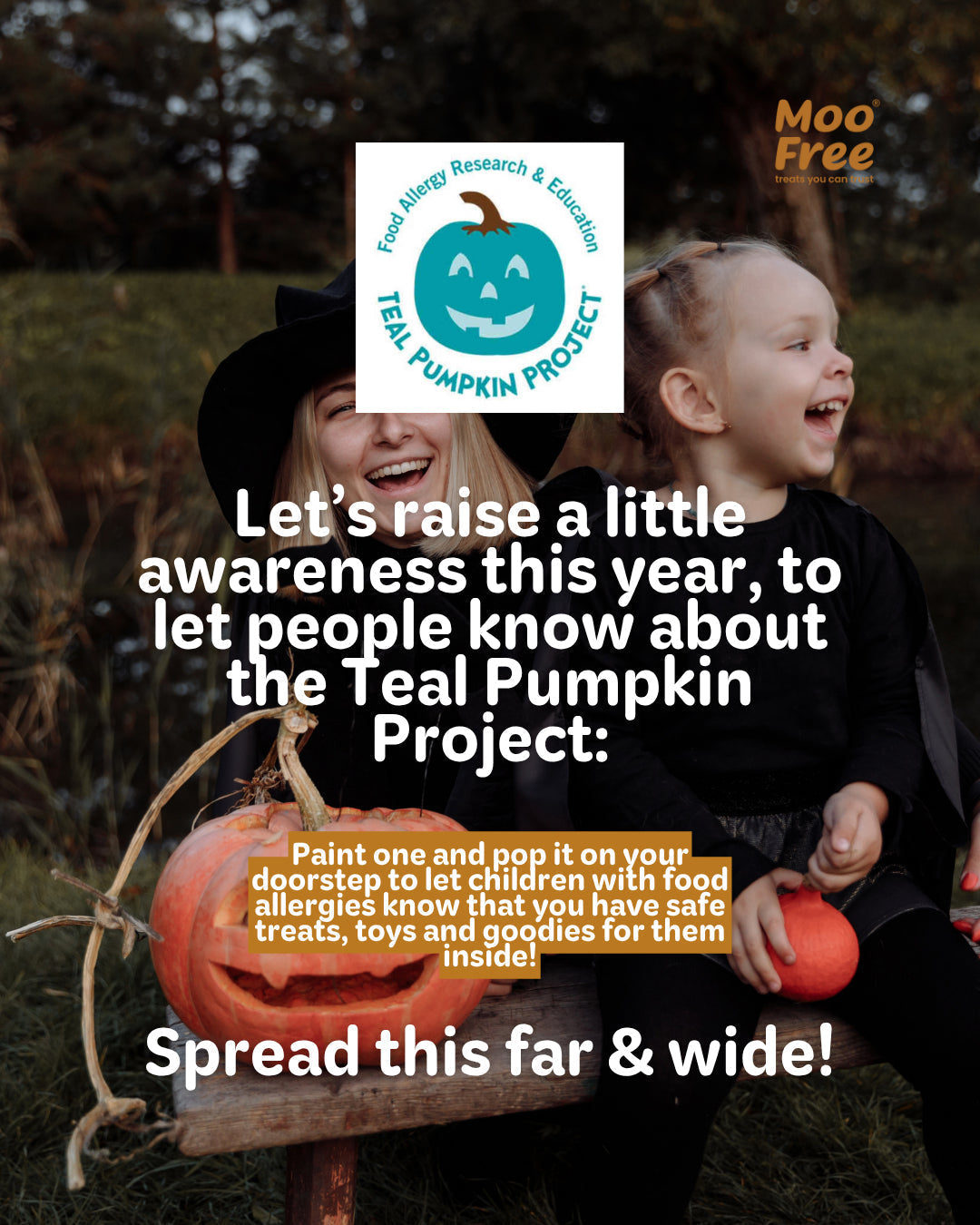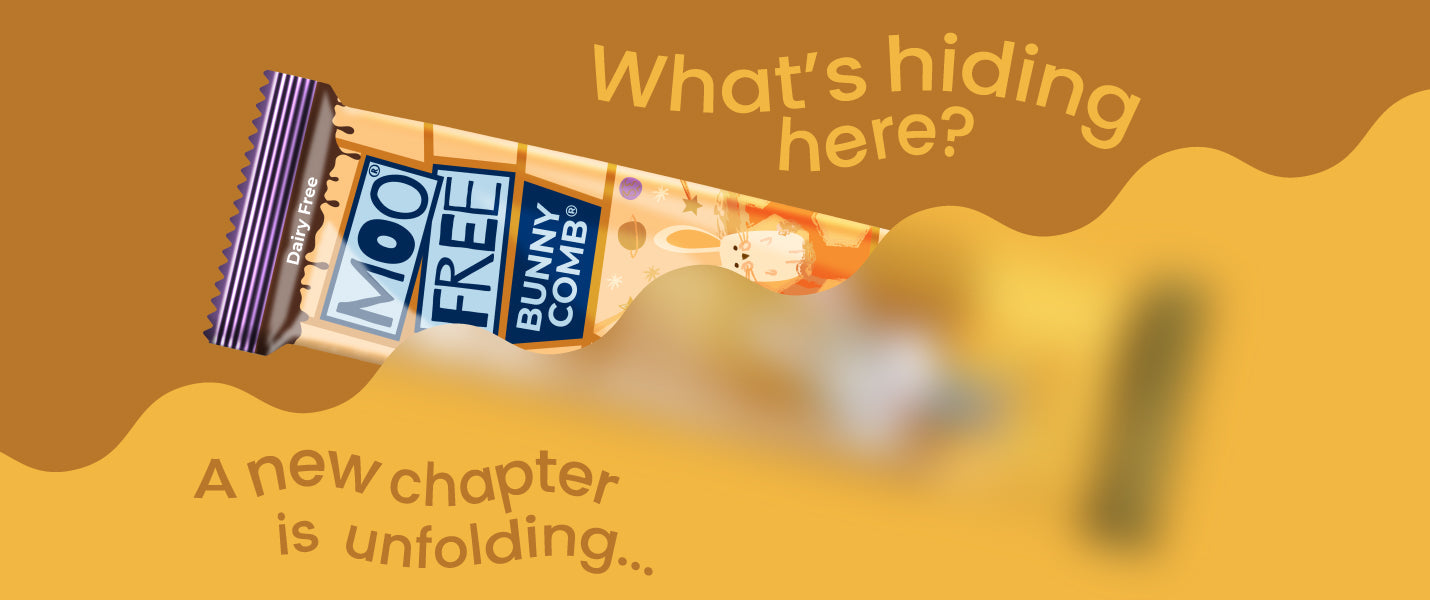Why chocolate on Valentine’s day
Valentine’s Day is on its way and we’re feeling the love here at MFHQ. Our fans, followers and friends are a romantic lot and like to buy piles of delicious Valentine’s chocolate to offer to their loved ones.
This got us wondering why giving chocolate has become de rigueur for those who want to show their affection on Valentine’s Day. It might seem obvious – chocolate really is very lovely! So offering a sweet, luxuriant gift to the one you love might just seem natural. But we felt there was more to it than that, so we did some research. Here’s was we discovered.
Valentine’s Day
Valentine’s Day is named after two different Roman saints, both called Valentine. The legend says that the original St. Valentine was a priest who performed illegal marriages for Emperor Claudius’ soldiers, although there’s no evidence to back this up. The first mention of St. Valentine’s Day as a romantic celebration appeared in a story by Geoffrey Chaucer in 1382. During the medieval period, Knights would give flowers to their maidens on this day and offer songs and poems to celebrate their beauty. But sugar was still expensive in Europe so the sweet confectionery we see today didn’t exist.

Chocolate in the Americas
The Mayans were connecting love and chocolate as early as 500BC. Chocolate was used to seal marriage negotiations and ceremonies and brides and grooms would each exchange five cacao beans along with their vows to seal the contract of marriage. Hot chocolate was used as part of the ceremony and chocolate was a precious commodity that bound families together.
The Aztecs also viewed chocolate as a valuable tool when it came to love. It was regarded as a potent aphrodisiac and the famous Aztec emperor Montezuma II was rumoured to have popped cocoa beans like tic tacs in order to fuel his romantic affairs. The aphrodisiac powers of chocolate were widely believed from then until relatively recently when scientists discovered that the quantity of the active chemicals wasn’t enough to have any effect.
The Victorians
By the 1840s, the celebration of Valentine’s Day with romantic gestures had taken over most of the English-speaking world. The Victorians, despite their reputation for prudishness, entirely bought into the notion and bestowed each other with gifts and elaborate cards.
The Cadbury company was famous for being the first to make chocolate that tasted amazing and was relatively economical. Previously, chocolate was too expensive to purchase for anyone but the elite class. Led by Richard Cadbury, the company’s next stroke of genius was to create beautiful heart-shaped boxes for chocolates decorated with cupid and roses. These became very popular with Victorians and were considered a symbol of romance.

Ready availability plus clever marketing allowed chocolate’s potential as a tool of seduction to be widely recognised. According to The Independent, one nineteenth-century commentator observed that young men seemed ‘to know by instinct’ that the surest weapon in a suitor’s arsenal was a box of chocolates.
An exchange of chocolates between a man and a woman became tantamount to a declaration of love - a view encouraged by etiquette books and chocolate advertisers. Advertisers also worked hard to convince consumers that there was a direct relationship between the amount of money spent and the depth of feelings. Giving a box of chocolates to a woman gave a man the opportunity to show his affection while also demonstrating his good taste and sophistication.
Cadbury never patented their heart-shaped box and so naturally, it was copied by chocolatiers the world over. Today we see chocolate made in many ways and presented in all sorts of ingenious manners. But the association with love was cemented with the Victorians and when Valentine’s Day comes around, we show our love with gifts of wonderful chocolate. And rightly so! Well done, Mr Cadbury!






